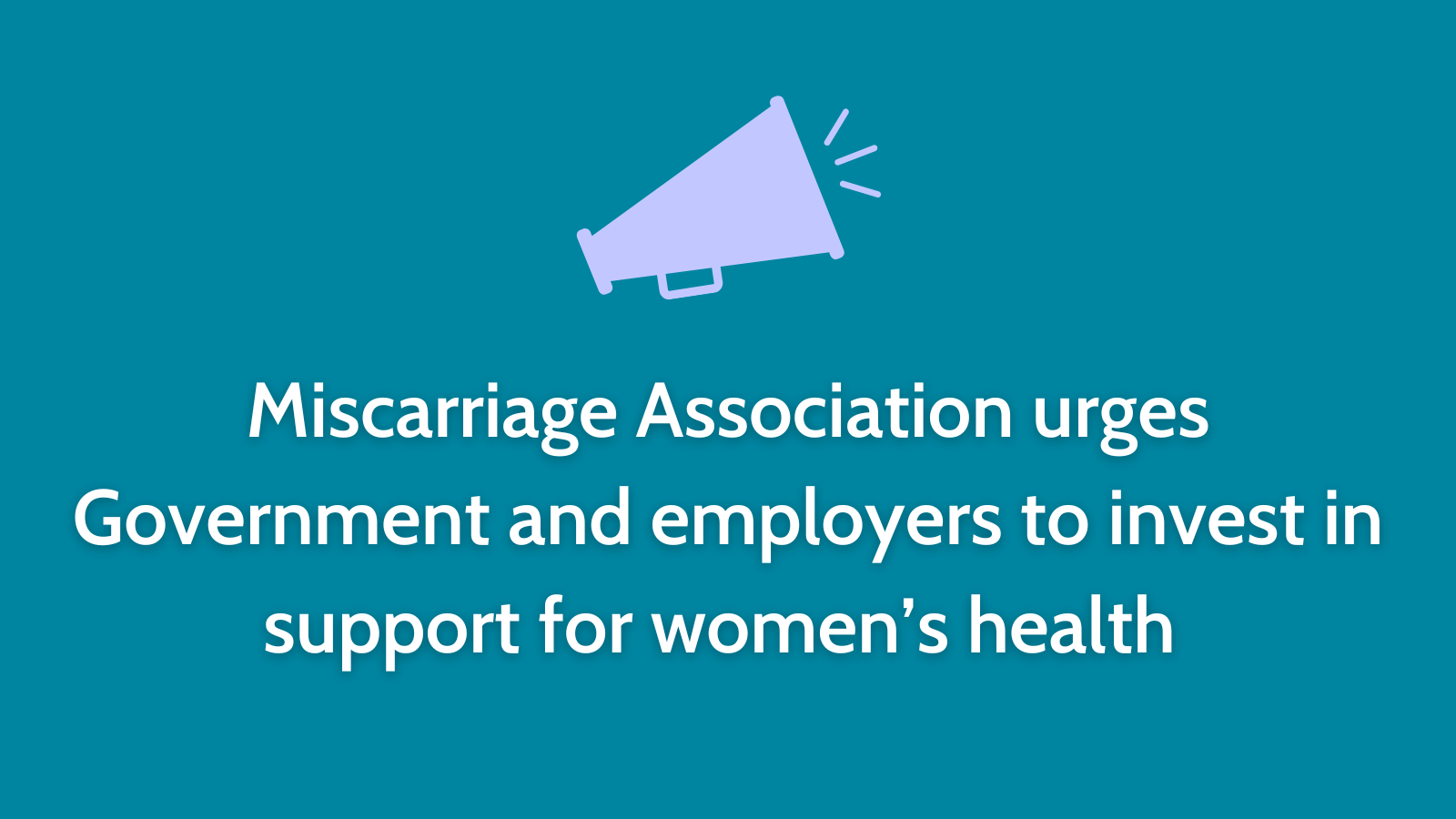Can we reduce the risk of miscarriage?
19th February 2014
Research in Denmark published today* highlights some of the key risk factors for miscarriage that women might be able to modify, either before conception or during pregnancy.
Overall, it’s a useful study in that it confirms what we already know, but it does raise some questions too, so let’s look at what it says.
The headlines
Before conception, the key factors associated with an increased risk of miscarriage were shown to be maternal age of 30 or more, and being very overweight or underweight.
During pregnancy, the key factors associated with an increased risk of miscarriage were alcohol consumption, lifting weights of over 20 kilograms every day and regular night-shift working.
According to the research, reducing all these risk factors to very low level could prevent around a quarter of miscarriages. In particular:
Before conception The researchers estimate that if all women conceiving were aged between 25 and 29 and were a reasonable weight for their height, this could reduce miscarriage numbers by 14.7%.
The trouble is that this doesn’t reflect reality for many women, especially in relation to age. Most women don’t plan pregnancy with such a narrow time-frame in mind – there are many other circumstances that affect their choices, including social and economic needs like education, employment and housing and space between pregnancies. It also doesn’t take possible fertility problems into account – many couples aren’t able to conceive when they want to.
During pregnancy The researchers estimate that if women do not drink any alcohol during pregnancy, do not lift heavy weights daily and work day shifts only, this could reduce miscarriage rates by 12.5%.
This is a reminder of existing health advice about avoiding or minimising alcohol consumption in pregnancy, and of employment advice for pregnant women to have a risk assessment if they routinely lift heavy weights at work (e.g. in nursing or care work).
The information about night working is new, but the percentage increase in risk is extremely small. It also doesn’t refer to the number of hours worked per shift, so it’s hard to know why the researchers chose to highlight it. If you’re worried about your shift patterns or hours in pregnancy, though, do ask for a pregnancy risk assessment.
So what does this mean for me?
This research can help to remind you about things that you might be able to do or to avoid when planning a pregnancy or when you’re pregnant. (You’ll find most of it – and more besides – in our leaflet Thinking about another pregnancy).
What it doesn’t do is to make it clear that risk is not the same as cause. It makes sense to reduce risk factors when you can – just as you do in any walk of life – and that can help increase the chance of having a healthy pregnancy. But if you have any of those risk factors and you miscarry, that doesn’t mean that any one of them caused your miscarriage. All you can do is your best – and you are probably doing that already.
Nevertheless, if you have any questions or concerns about this research or anything else regarding miscarriage, do get in touch, by phone (01924 200799) or email (info@miscarriageassociation.org.uk). We’ll always do our best to help.
* Feodor Nilsson S, Andersen P K, Strandberg-Larsen K, Nybo Andersen A-M. “Risk factors for miscarriage in a prevention perspective: a nationwide follow-up study.”
Published in BJOG: An International Journal of Obstetrics & Gynaecology, on 19.2.14. http://dx.doi.org/10.1111/1471-0528.12694

